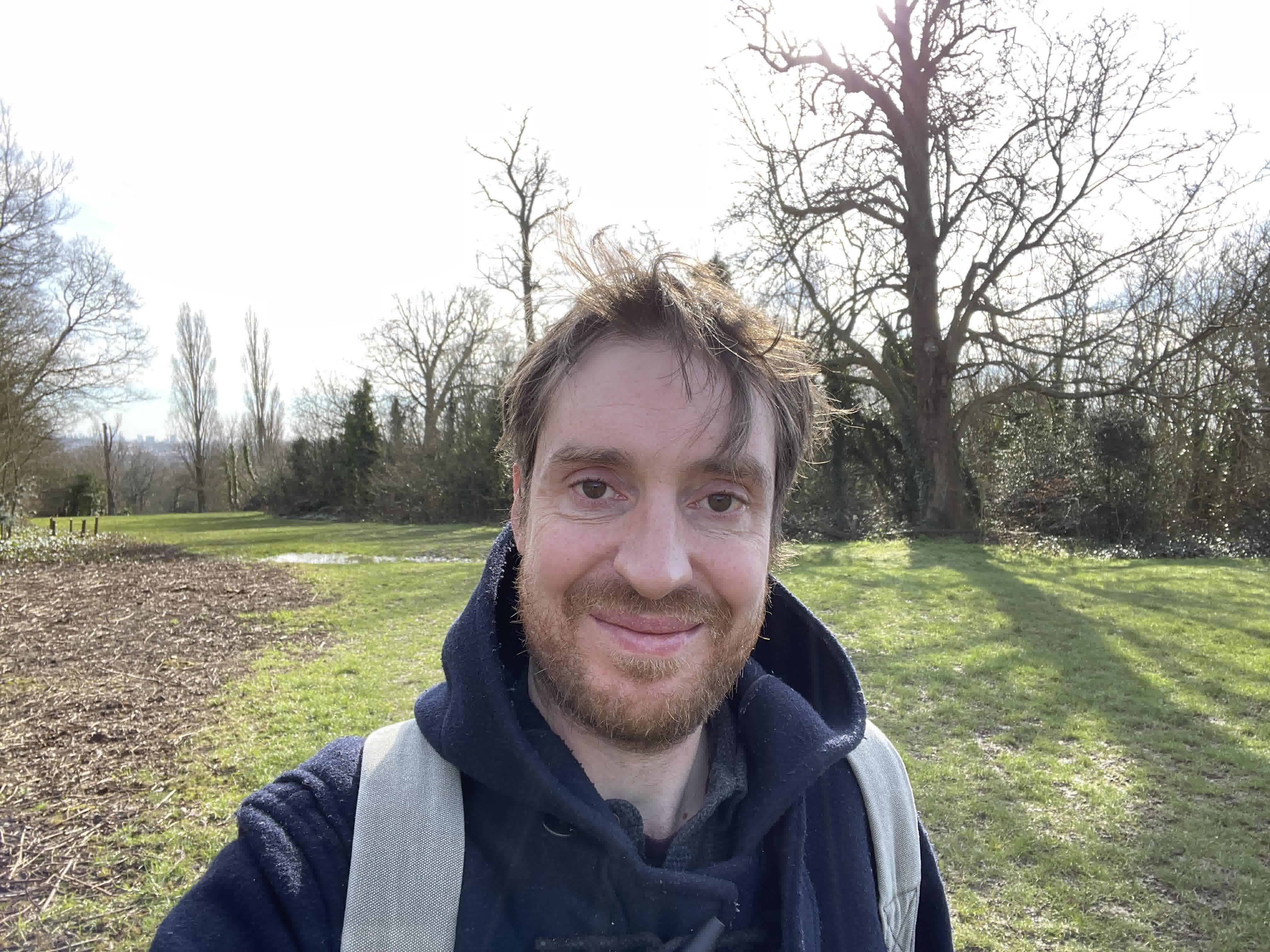Simon Adcock’s fascination with computers began at home. His mother sensed the coming wave of technology and encouraged him to explore it through video games. Starting with an Atari and classics like Space Invaders, Simon was hooked. Soon he was experimenting with programming, though at first, it was a frustrating world of dry, complex books and few accessible courses. That changed when the internet arrived. Programming suddenly felt friendlier, more practical, and, crucially, offered instant feedback. “I thought: I’m in love,” he recalls. By 16, Simon was helping to create his school’s intranet site, which, as he laughs now, was “very teal and very easily hackable.” It was Simon’s first taste of real development.
What was your journey through university and beyond?
I went on to study Computer Science at university, absolutely set on it. The courses were intense, full of C++ and Java, and, I’ll admit, I didn’t always put in the effort I should have. I ended up with a 2:2, mainly because I spent too much time being a typical university student.
After that, I drifted. For about ten years I worked in all sorts of jobs: convenience stores, HMV, data entry for a life insurance company, and even a local council role. I didn’t have the confidence or belief in myself to do anything bigger, but I was still young enough to coast.
Then came a turning point at Glastonbury. After a heavy night, I woke up not knowing who I was, a friend had to remind me! That bizarre experience made me stop and think: I wanted more for myself. I spent six months reflecting and eventually came back to what I loved, programming.
How did you end up at the Guardian?
I began by teaching myself JavaScript, HTML, CSS, all the basics. Eventually I blagged my way into my first development job at an online marketplace for advertising materials. I stayed for two years and learned a huge amount. After that, I moved to Not On The High Street. That was where I really levelled up, working on projects at scale. It gave me the grounding to start looking at bigger opportunities.
By the time I got to the Guardian, I had Glastonbury to thank again. Back in the days before smartphones, if you wanted festival news you had to wander into the Observer tent. That was my first brush with Guardian journalism. From then on, I started reading the online Guardian regularly. My politics and values aligned with its progressive stance: I was into the Green Party, veganism, environmental causes and so on. It just fit. I’d always been keeping an eye on Guardian jobs. They had some incredible talent, people like Rich Harris and Patrick Hamann, celebrities in the coding world. Their work was inspiring, especially in web performance. So when a client-side developer role came up, I applied. The interview process stood out immediately. Other companies had tried to catch me out or make me feel small. At the Guardian, it was conversational. We talked, we shared ideas, and we learned from each other. That spirit of collaboration won me over, and I got the job.
Nine years on, I’m still here, and that collaborative ethos is still alive in Product & Engineering.
How has it been going from a client-side developer to engineering manager?
It has been quite a whirlwind transition. As a client side developer, I focussed deeply on a very specific set of technologies to create a website that was fast, accessible and beautifully rendered. On becoming a manager, I needed to step back from that depth and to broaden my perspective. I had to learn to work across a wider range of technologies, understanding how they fit together to deliver larger, more complex systems. Just as importantly, I’ve also had to build new skills beyond the technical, working closely with stakeholders, balancing competing priorities and spotting opportunities to drive impactful initiatives. The people side of the role is now the biggest part of my job. It’s where the steepest learning curve has been, but also where I’ve found the most meaning and reward.
So what does a typical day look like?
I start with a cup of tea, then check through yesterday’s pull requests to see what’s happening and whether anyone needs help. I’m also tackling my inbox. I had 50,000 unread emails at the start of this week, and I’ve managed to get it down to 11,000! Don’t worry though that’s not normal, just what nine years of neglecting your inbox looks like. The rest of the day varies. Sometimes it’s meetings, sometimes it’s catchups with my line reports, or writing a tech review for a new tool we want to adopt. Other times it’s about maintaining and deprecating parts of the website we no longer use. But my favourite part, as a manager, is developing people. I love helping others grow, making sure they’re working on projects that excite them, learning new skills, and following a path that feels right for them. That’s what motivates me most.
What do you enjoy the most about working here?
It’s the collaborative spirit. At the Guardian, people genuinely want to share, learn, and build things together. That’s been true from the day I joined, and it still feels the same now. It’s a supportive, nurturing environment that bakes in psychological safety and creates space for personal growth. That sounds quite fluffy! But it’s what gives us the confidence to take risks, experiment and innovate together.
Development of digital products is central to the Guardian. You could be building the products that showcase our progressive and independent journalism, crafting the tools that journalists use to write their stories, developing the services that allow those stories to be distributed across the globe, or safeguarding our financial future.
If you’re interested in joining our product and engineering team, please visit the Guardian News & Media careers page.
